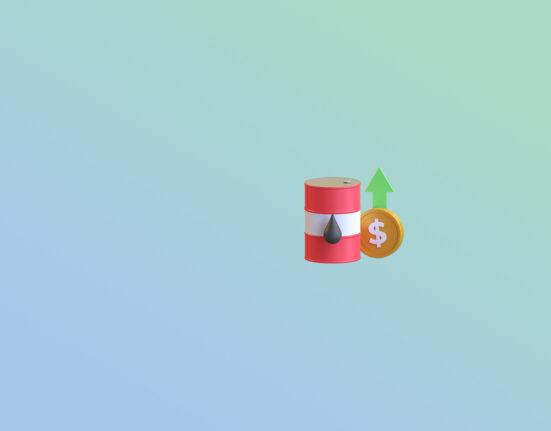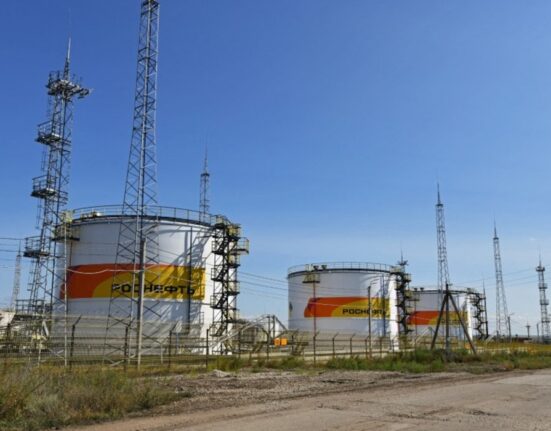A trade portfolio is a group of investments that a person or organization maintains with the intention of making money. A trade portfolio often consists of a variety of assets, including mutual funds, ETFs, stocks, bonds, and other financial instruments. A trading portfolio’s structure is determined by the investor’s investing objectives, risk tolerance, and time horizon.
A trading portfolio may also contain significant additional data in addition to the asset mix, such as the cost basis of each investment, its predicted return, and the overall asset allocation strategy. The possibility of attaining long-term investment goals can be increased and risk can be decreased with a well-diversified trade portfolio.
A trade portfolio should be reviewed and rebalanced frequently to make sure it stays in line with the investor’s objectives and risk tolerance. To maintain the intended asset mix, this may entail purchasing and selling investments, or it may entail changing the overall allocation strategy in response to market or investor-specific developments.
What does Diversifying a Trade Portfolio mean?
To reduce risk and increase the possibility of attaining long-term investment goals, diversifying a trade portfolio involves investing in a range of various assets. Investors can lessen their exposure to any one specific asset or market sector by spreading their investments over a variety of asset classes, including stocks, bonds, mutual funds, and ETFs.
Diversification can lessen the effects of market volatility and assist to smooth out investment results over time. For instance, if the other assets in a portfolio are doing well, the impact on the whole portfolio will be mitigated if one investment in the portfolio has a big fall in value. This may help to lower the portfolio’s overall risk and maybe boost its long-term returns.
It’s crucial to remember that diversification does not ensure success or offer protection from loss. Market volatility is a constant concern, and individual investments may not perform as anticipated. In order to make sure that their portfolios continue to be in line with their investment objectives and risk tolerance, it is crucial for investors to periodically evaluate and rebalance them.
Why is it Important to Diversify a Trade Portfolio?
Diversifying a certain portfolio is an upgrade to your career, be it a job where it requires to be creative or strategic maintenance of a portfolio is a one-way ticket to excellence.
Listed below are some reasons that justifies the need of a diverse trade portfolio;
- Risk reduction – By distributing assets among several asset classes, industries, and geographical regions, diversification can assist to minimize risk. This can lessen the effects of market volatility and lessen the possibility of serious losses.
- Increased Returns – By enabling investors to take advantage of the growth potential of several asset classes, diversification has the potential to increase returns. Investors can profit from the returns of various market segments by investing in a mix of assets that are not highly associated with one another.
- Flexibility – Investors who diversify their portfolios have the freedom to change their holdings in response to changes in the market or their own circumstances. Investors can adjust to shifting market conditions by owning a diverse portfolio without having to make substantial changes to their overall strategy.
How to Diversify a Trade Portfolio?
Investments across a range of various asset classes, industries, and geographical areas are necessary to diversify a trade portfolio. The following actions should be taken while diversifying a trade portfolio:
- Prior to investing – It is critical to ascertain your investment objectives, risk tolerance, and investment horizon. This will support the direction of your investment choices and guarantee that your portfolio is in line with your own financial objectives.
- Invest in a variety of Asset Classes – A diversified trading portfolio should contain a variety of asset classes, including stocks, bonds, mutual funds, and exchange-traded funds (ETFs). A combination of asset classes can help to lower risk and increase the possibility of attaining long-term financial goals because each asset class has distinctive qualities and risk profiles.
- Invest in a Variety of sectors – To further diversify your portfolio, it’s vital to invest in a variety of sectors within each asset class. By doing this, you can lessen the effect that any one industry may have on the performance of your portfolio.
- Think about geographic diversification – You can further diversify your portfolio by investing across a variety of geographical areas. By doing this, you can lessen the effect that any one nation or region will have on the performance of your portfolio.
- Review and Rebalance Your Portfolio Frequently – To make sure that your portfolio is still in line with your investing objectives and risk tolerance, it is crucial to review and rebalance it frequently. To maintain the intended asset mix, this may entail purchasing and selling investments, or it may entail changing the overall allocation strategy in reaction to market or individual scenario changes.
Investors can build a well-diversified trade portfolio that is intended to lower risks, boost returns, and attain long-term financial stability by following these procedures. Moreover, diversifying a trade portfolio should be one of the necessities within a trader’s journey.












